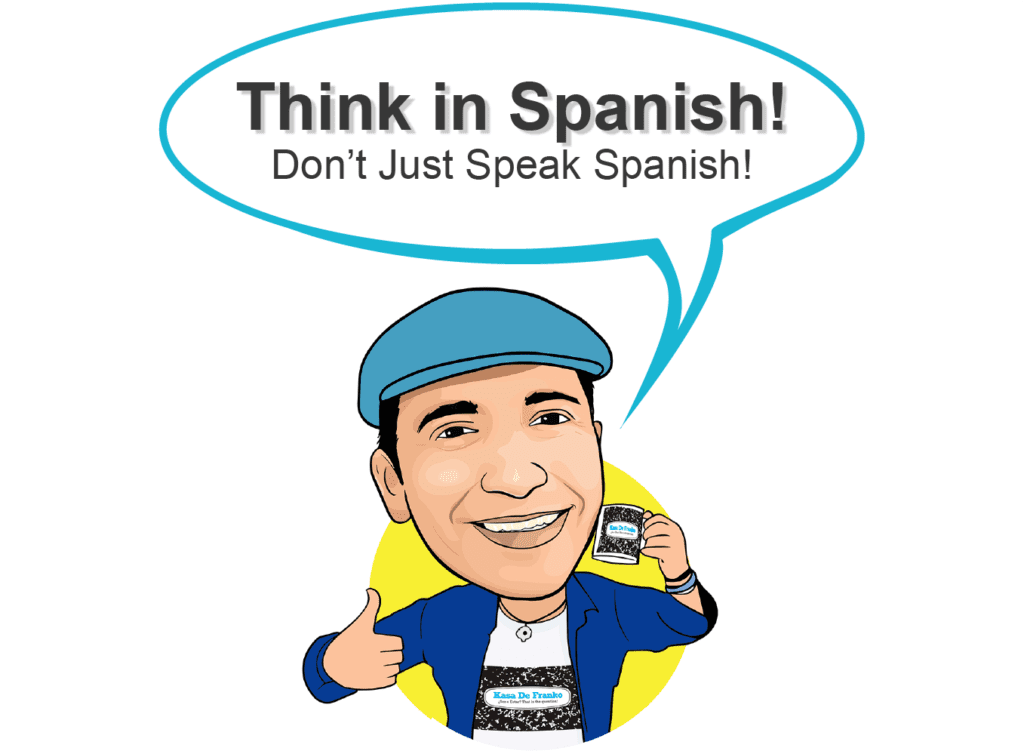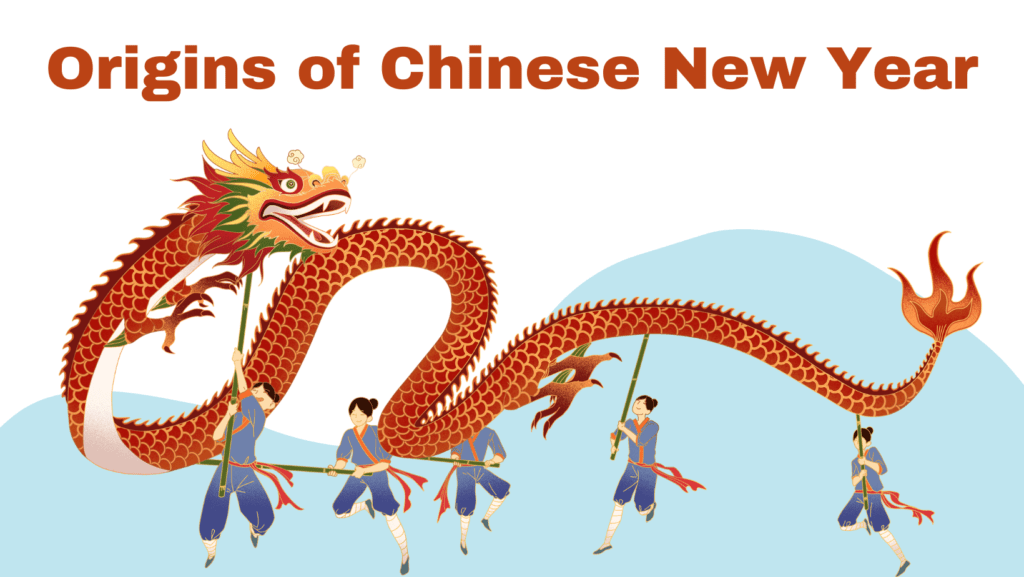
Happy Chinese New Year in Spanish?
Once upon a time, in the ancient realms of China, a captivating tale unfolded—the origin story of the Chinese New Year. The roots of this vibrant celebration trace back over 3,800 years, blending myth, legend, and a dash of celestial magic. But wait, you haven’t told us yet how to say Happy Chinese New Year in Spanish–mmm. muy fácil, ¡Feliz Año Nuevo Chino!
The Chinese New Year, also known as the Spring Festival, is traditionally called so because it marks the end of winter and the arrival of spring in the Chinese lunar calendar. The festival is based on the lunar-solar Chinese calendar, where it aligns with the lunar cycles and the solar agricultural calendar.
So, strap in for the ride, as we unveil the cosmic spectacle that is the Chinese New Year – where myth meets reality, and dragons may or may not join the dance floor! ¡Feliz Año Nuevo Chino!
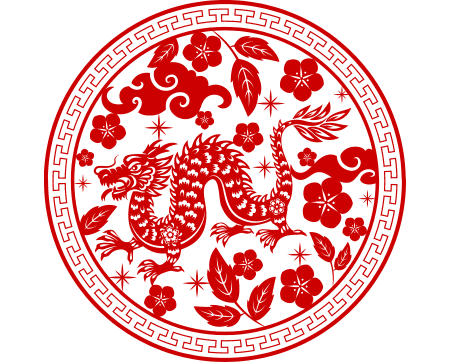
But Why It Falls in Winter & Not in Spring?
While the date varies each year in the Gregorian calendar, it usually falls between January 21 and February 20. So, is it Fall, Winter and Spring? Despite this timing often being in the middle of winter, the term “Spring Festival” reflects the anticipation of the spring season in the lunar calendar. Spring is a time associated with renewal, growth, and new beginnings, symbolizing the start of a fresh agricultural cycle.
So, even though it might seem counterintuitive to Westerners who associate spring with warmer weather, in the context of the Chinese lunar calendar, the Spring Festival signifies the transition from winter to spring. Let’s talk about who started it: Nian!

A Celestial Affair
Long, long ago, there was a mythical beast named Nian. This creature would emerge from the depths of the sea every New Year’s Eve, terrorizing villages, devouring crops, and instilling fear in the hearts of the people. It seemed unstoppable, wreaking havoc year after year.
In the ancient days of yore, the villagers stumbled upon the secret weapon against the mythical menace, Nian. It wasn’t like they had a village council meeting to discuss Nian’s weaknesses over tea and dumplings, but they sure had their lightbulb moment.
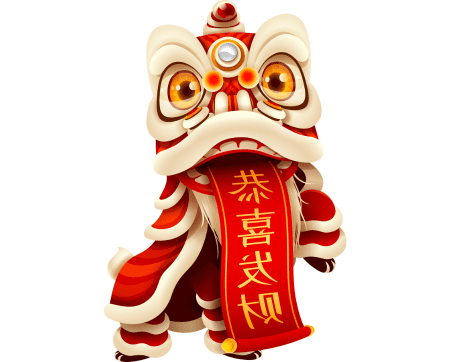
A Eureka Moment: Red & Clapping!
One brave soul might have accidentally dropped a vibrant red cloth near Nian and noticed a sudden aversion, or maybe someone had a eureka moment when they clapped their hands together, and Nian seemed to recoil. However it happened, the villagers realized that Nian had a peculiar fear of two things: the color red and the uproar of loud noises.
With this newfound wisdom, the villagers concocted a plan that was part fashion show, part pyrotechnics display. They decked out their homes with red lanterns, probably turning the village into a crimson sea. Then, with the spirit of a thousand drummers, they set off firecrackers, creating a symphony of noise that echoed through the village.
As the villagers gathered in their makeshift parade of red, Nian, the once indomitable beast, cowered in fear and slinked back into the depths of the sea. It was a miraculous victory! And thus, the legendary recipe for scaring off mythical creatures was born – a dash of red, a sprinkle of noise, and voila, no more Nian troubles!
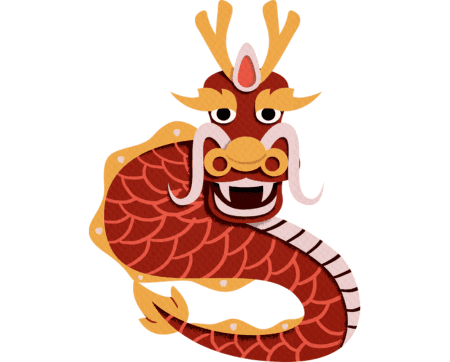
Spring Festival and Lunar Calendar
As the legend of Nian faded into history, the celebration evolved into what we now know as the Spring Festival or Chinese New Year. It marks the beginning of the lunar new year, which follows the cycles of the moon. The lunar calendar, deeply rooted in ancient Chinese traditions, brings a unique charm to the festivities.
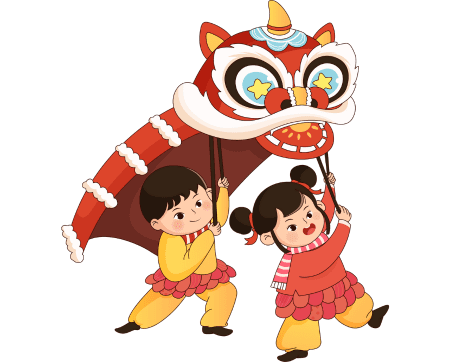
And That’s How It Started!
The legend of Nian became the cornerstone of the Chinese New Year, symbolizing the triumph of humanity over adversity and the power of collective spirit. As time flowed like a mighty river, so did the celebration, evolving into an annual tradition deeply rooted in cultural and familial ties.
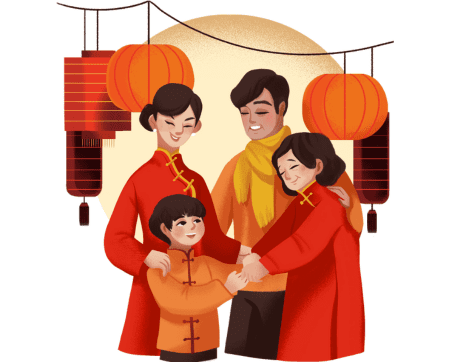
Who celebrated it First?
Now, as for who celebrated first—it’s a tale lost in the mists of time. The Chinese New Year is as ancient as the hills, and different regions and communities embraced its magic at different points in history. What we do know is that, over the centuries, this lunar celebration traversed continents and cultures, spreading joy and prosperity wherever it went.
So, whether you’re in the heart of China, dancing with dragons, or across the seas, savoring dumplings in celebration, the Chinese New Year unites us all in a tapestry of tradition, resilience, and the enduring spirit of renewal. May your festivities be as bright as a red lantern and as joyous as the legendary triumph over Nian!
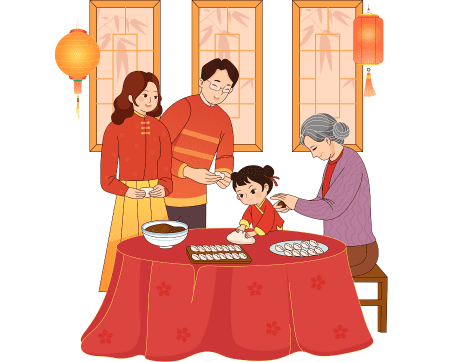
How the Celebrations Spread?
Now, our wise ancestors loved a good party, and they decided to spread the joy far and wide. How did they do it, you ask? Well, it was a bit like the ancient version of Amazon Prime shipping but with a touch of cultural flair.
In ancient times, Chinese merchants, like cultural influences on the Silk Road, spread the joy of the lunar celebration, leaving behind red lanterns and prosperity. They sailed to distant lands, sharing traditions like dragon dances and red envelopes.
The Spring Festival became a global sensation, uniting diverse communities in joy and celebration. Chinese communities carried these traditions, turning the Chinese New Year into a cultural phenomenon worldwide.
The tale showcases cultural exchange, dumpling diplomacy, and the universal love for a good party. May your celebrations be as lively as a dragon dance and as delightful as a plate of freshly made dumplings!
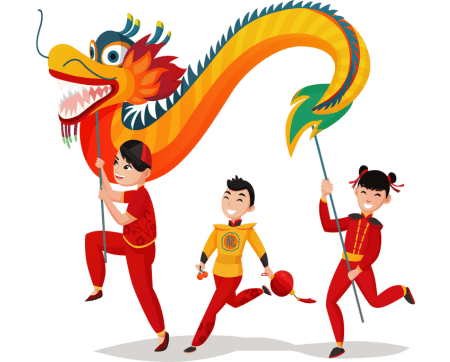
A Global Celebration
Chinese New Year isn’t just a Chinese affair. Over the centuries, the celebration has spread its joy and traditions across borders, becoming a global phenomenon that even Marco Polo would envy. The allure of dragon dances, vibrant parades, delicious dumplings, and the promise of good fortune has captured the hearts of people around the world.
So, whether you’re in Lima, San Francisco, Beijing, or New York the spirit of the Chinese New Year transcends cultural boundaries. It’s a time to welcome the coming year with joy, togetherness, and the hope of prosperity.
And thus, the tale of the Chinese New Year continues to enchant, reminding us that no matter where we are, the magic of this celebration connects us all.

Gong Xi Fa Cai
“Gong Xi Fa Cai” (恭喜发财) is a common greeting in Mandarin Chinese for the Chinese New Year. It translates to “Wishing you prosperity” or “May you be prosperous, (“Te deseo prosperidad” o “Que tengas prosperidad.”) Now that you know how to say Happy Chinese New Year in Spanish, go wish it to everyone.
Being Spanish now the most popular foreign language in China, we want to invite you to learn more about the Spanish culture and how we celebrate New Year by visiting our KDF’s Blog categories Holidays ¡Feliz año Nuevo chino!
P.S: Avoid saying ¨Feliz Ano Nuevo¨; otherwise, you might get in trouble. Find out why by clicking on Language Bloopers.
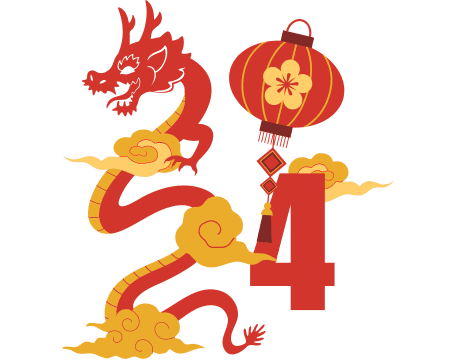
Eager to Explore More in Spanish?
After delving into the realm of language quirks, don’t overlook ‘Spanish is Sexy’ and ‘Dancing with Words.’ They’re sure to elevate your sizzling Spanish vocabulary.
For those intrigued by legends, traditions, and folktales in Hispanic culture, begin your journey by exploring our Folktales & Legends category. Immerse yourself in our saga El Sexi Chupacabras and tales of La Llorona, La Ciguapa, or La Santa Muerte.

Unlock Free Classes at KDF!
Grab a complimentary session at Kasa de Franko to master those everyday phrases. Our classes go beyond slang; Spanish is a treasure trove of awesomeness. Claim your free Spanish session today and join fellow language enthusiasts.
Hit the button below to kick off your language-learning extravaganza: Check out our crazy discounts for Chinese New Year! So you can wish someone a Happy Chinese New Year in Spanish while offering a present. We strongly recommend KDF Gift Cards.
Dive into the enchantment of Spanish and its limitless possibilities, always keeping in mind:
